Program spotlight: Argentina: Memory and Social Activism through the Arts
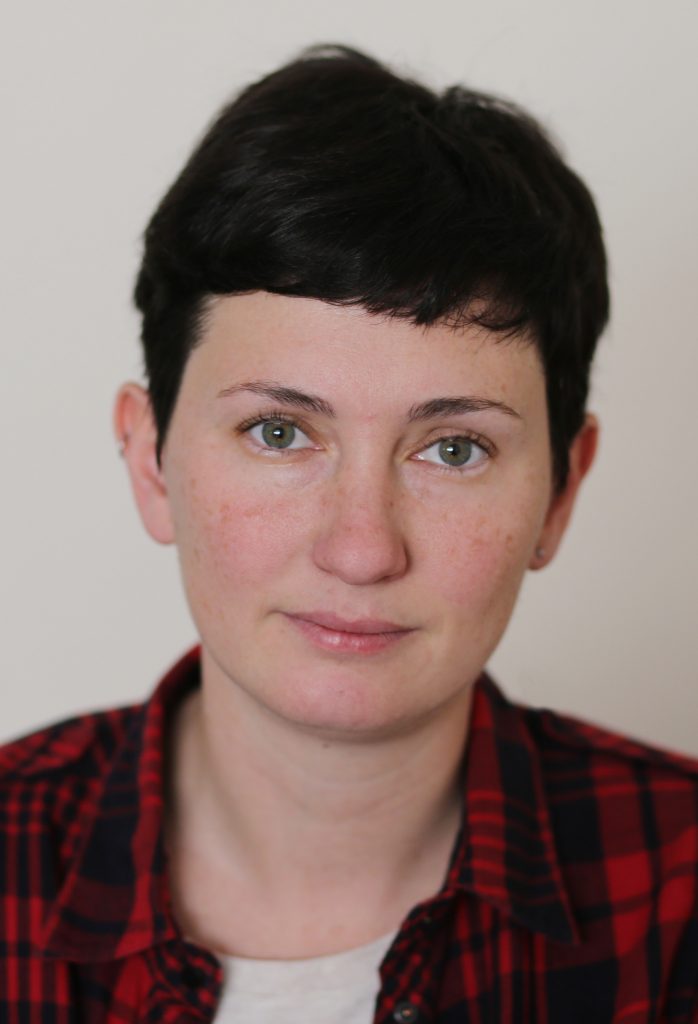
A conversation with Academic Director Dr. Agustina Triquell
January 22nd, 2020 | School for International Training, SIT Study Abroad
Can you describe for us what this program is about?
This program is focused on understanding how art is a privileged language to denounce and to gain visibility for different communities, as well as to heal collectively traumatic pasts.
How do you approach that over a six-week period?
Through experiential learning, which literally means getting down to work in a workshop dynamic, experiencing with your own hands, your body, and your camera how different artistic media can be useful for this purpose. Our program also offers language training, a week-long photography workshop, and many possibilities to meet political activists and artists that make up the contemporary Buenos Aires cultural and artistic scene.
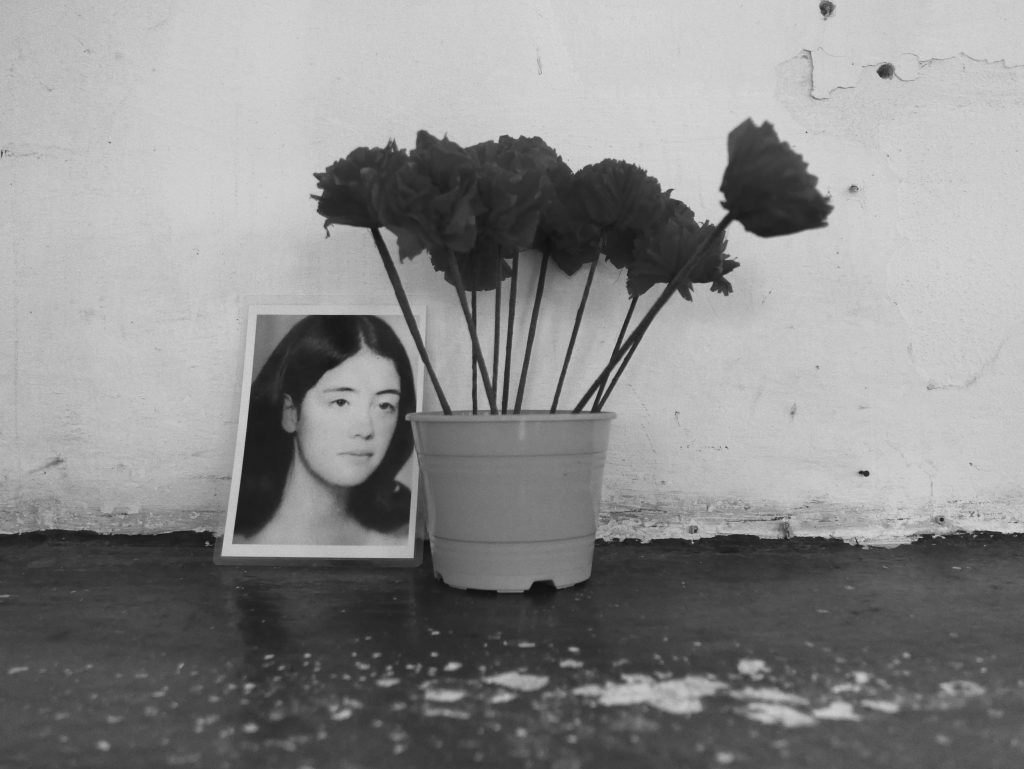
Students will interact with a range of emerging and established artists and community leaders and consider the important role of the arts in Buenos Aires´political and social life.
We take students to museums, trauma and memory centers, LGBTQI+ organizations. Students learn through Argentina’s most interesting art projects, dealing with literature, filmmaking, theater and music. Students will interact with a range of emerging and established artists and community leaders and consider the important role of the arts in Buenos Aires´political and social life.
Why one student chose Argentina: Memory & Social Activism Through the Arts
Students will keep a personal logbook as well as a collective blog with their field notes, images, and reflections on the experience. The first three modules will deal with memories of the traumatic past and the last three will focus on contemporary issues and debates.
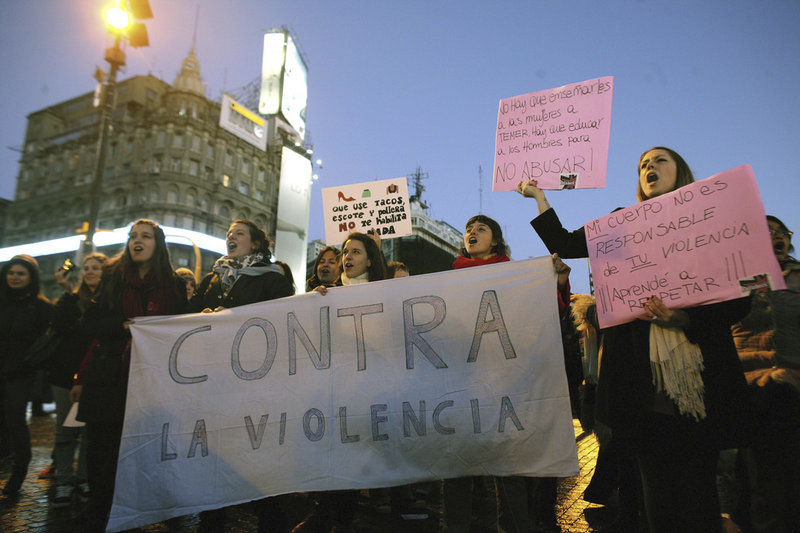
Where is the program based?
We're based in Buenos Aires, one of the most important cities in Latin America, with 24/7 cultural and political activity up and down the city. Theaters, music, museums and every corner in every neighborhood vibrates with political stances and art.
... an unparalleled collective production of artistic work ... has allowed people of multiple generations to work through the horrors of the past and advocate for social change in an extraordinarily inclusive manner.
In Buenos Aires, art has a lot to do in this visual dimension of social movements: representing and performing struggles against inequalities in the street, demonstrations, theaters and museums. In recent decades, the state and corporate funders, as well as alternative projects, NGOs, and groups working on the city streets, have propelled an unparalleled collective production of artistic work which has allowed people of multiple generations to work through the horrors of the past and advocate for social change in an extraordinarily inclusive manner. From street corner murals to large museums of international renown to tiny galleries, theatres, and bars, the city exudes creativity and intellectual engagement.
Students will explore Buenos Aires to ask how art has offered recent generations of porteñxs (Buenos Aires residents) a diverse means of voicing discontent and of advocating for gender equality and LGBTQI+ rights.
We will examine how contemporary artists, writers, and filmmakers work through the past and re-imagine the present through art. How are artists using new technologies and new mediums to develop and extend their messages, and bring Buenos Aires´concerns into dialogue with global issues?
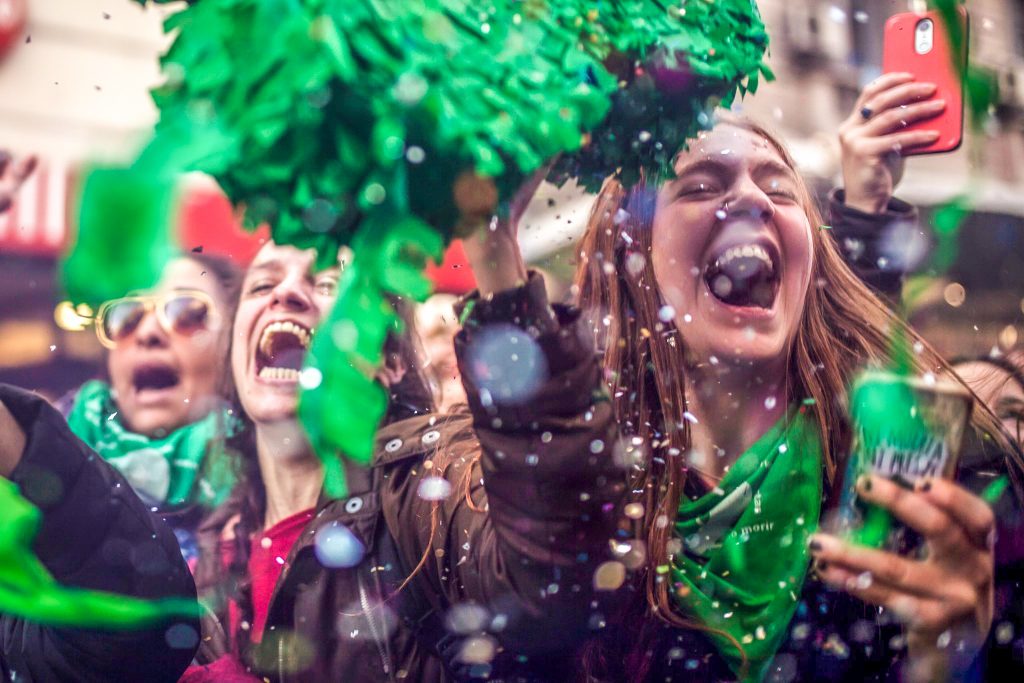
Can you talk more about the current social and political environment?
The “green wave” that flooded the streets of Buenos Aires with multiple women, LGBTQI+ and social movements in general during the Congress discussion of abortion legalization is here to stay. The strong relationship between NiUnaMenos experience – one of the most important women's rights movements in the region – and the learnings from other women, Madres and Abuelas de Plaza de Mayo, who erupted in the public sphere to claim for the appearance of their sons and daughters kidnapped by state terrorism, is profoundly bonded in their shared conception of the importance of making visible their struggles.
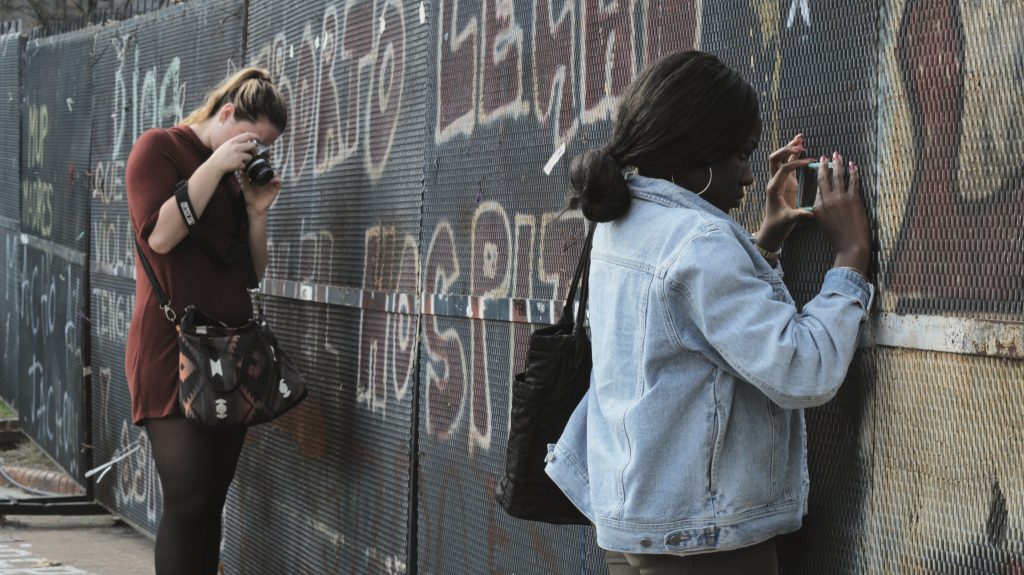
What can students expect when they arrive in Buenos Aires?
Once we have completed orientation week and you have met your homestay family, we will start the seminar and language period in Buenos Aires. During the first part of our program, we will examine the issues related to Argentina´s past, the wounds of the last dictatorship and how they were collectively healed through human rights movements and artistic activism.
We will also meet artists who are directly involved with this past: sons and daughters of desaparecidos (people kidnapped by the military government) that make movies, plays, and photographs as a way of resilience.
Students take Spanish classes in the morning in the level best suited to each student. For students who already speak Spanish, we have a self-guided course option. These Spanish classes are usually in the morning, and in the afternoon we have the thematic seminar. Sometimes we are out and about; sometimes we have classes in our program center at the Insituto para Desarrollo Economico y Social (IDES).
We will visit historical places such as Plaza de Mayo and the impressive memory center Espacio de la Memoria y Derechos Humanos (ex Esma), which was one of Argentina’s biggest clandestine detention centers during the last dictatorship from 1976-1983.
We will also meet artists who are directly involved with this past: sons and daughters of desaparecidos (people kidnapped by the military government) that make movies, plays, and photographs as a way of resilience.
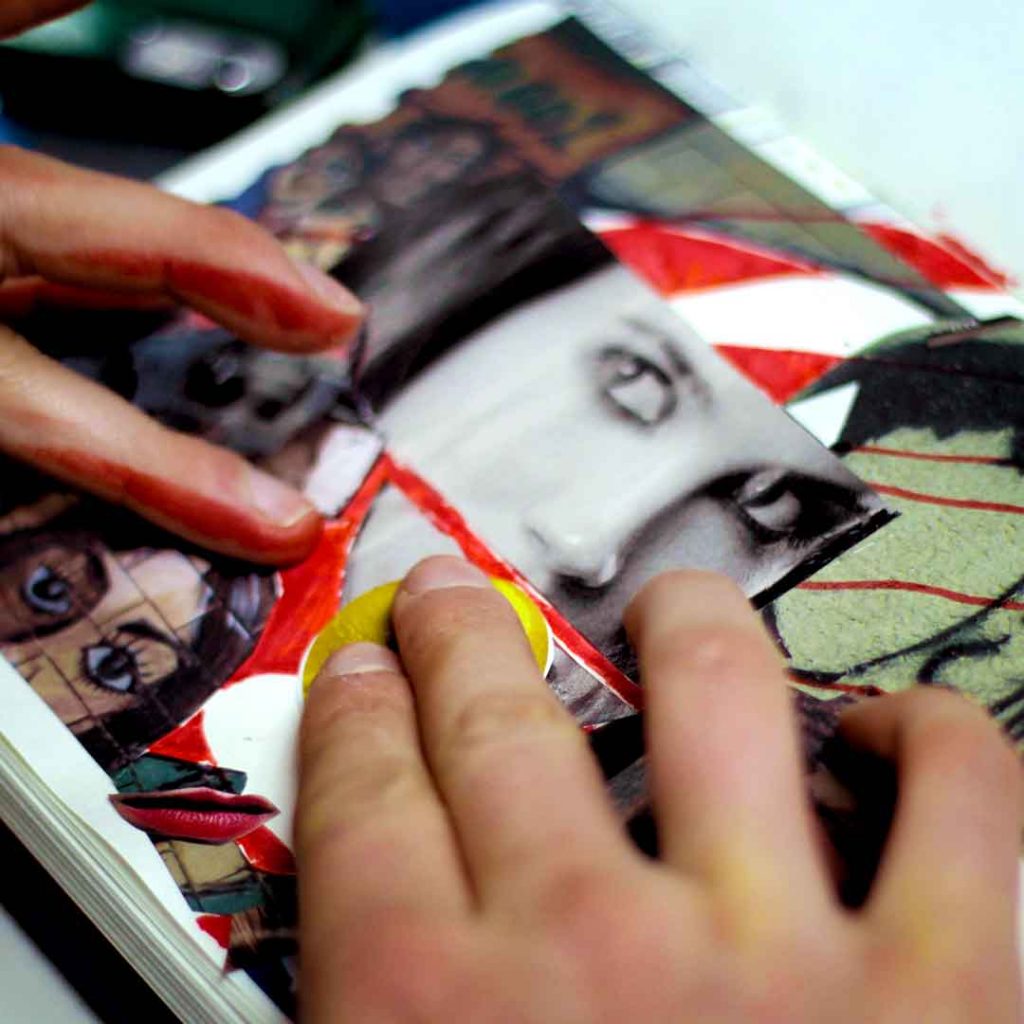
Will students travel to areas outside of Buenos Aires?
The third week of our program we will head to Córdoba, the famous hotbed where many political leaders were brought up. Having the second oldest University in Latin America (more than 400 years!) Córdoba is nicknamed “la Docta,” which means “the learned” in Latin, for this intense university lifestyle and for being the place where the “Universidad laica, pública y gratuita” (secular, state, and free university) stand was created and is constantly defended in every economic crisis we have faced.
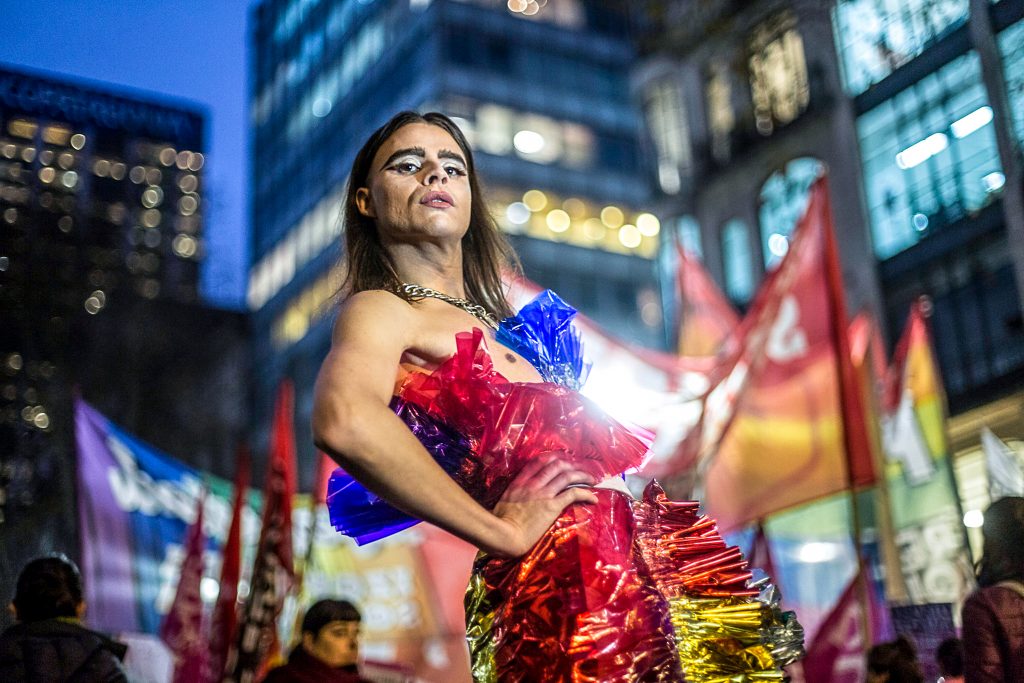
What other dimensions of resistance will students experience in Córdoba?
We will learn about Cordobazo, the historical struggle that brought together workers and students like never before and was the key event that served as the beacon to all the political raisings and insurrections in the region during the '70s. By the end of the week and heading also in the second part of our seminar, we will visit LGBTQI+ organizations as well as art projects that work with children in marginalized communities to compare afterwards with similar projects in Buenos Aires.
... we will visit LGBTQI+ organizations as well as art projects that work with children in marginalized communities to compare afterwards with similar projects in Buenos Aires.
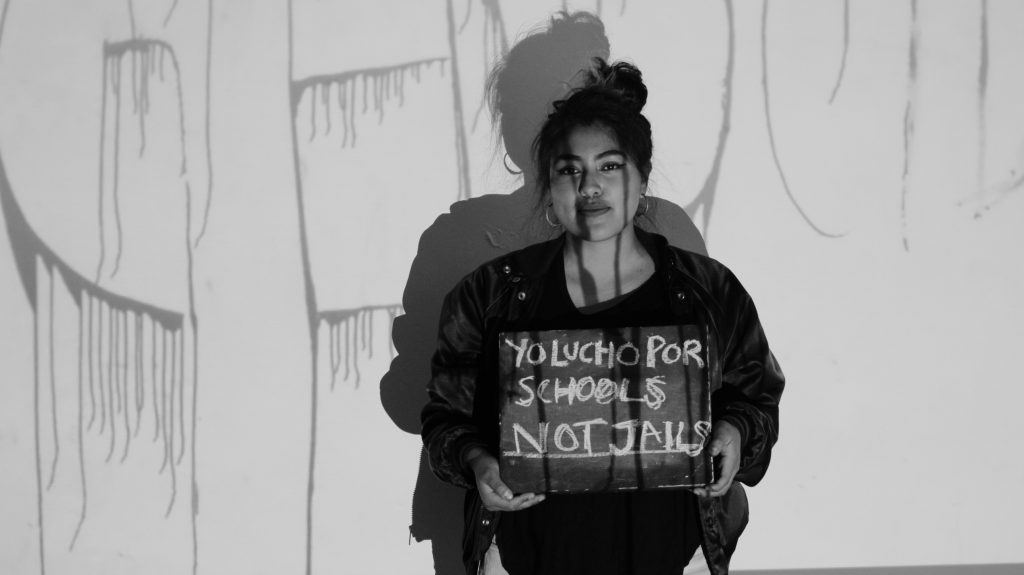
Can you describe some of the other aspects of the program?
Back from Córdoba, the last three weeks of our program we will be moving a lot around Buenos Aires, meeting widely different projects and organizations in a range that goes from the Trans Memory Archive to an ex-inmate educational project in the outskirts of the city, from the Sex Workers Labor union to a cooking as art project with migrant women, focusing on different artistic repertoires that each of them display in the public sphere: performance, painting and stencil, photography and film. To do so, this part of the program has an intense mobile art studio dynamic, where we will explore in our own hands how these resources can be used to denounce, to be heard and seen, both in the street and online.
Six weeks may seem a short period of time but this is an intense program that will definitely help you improve your Spanish and hopefully embody an experience that will live in you forever! We are hoping that you join us this summer in this experience!
